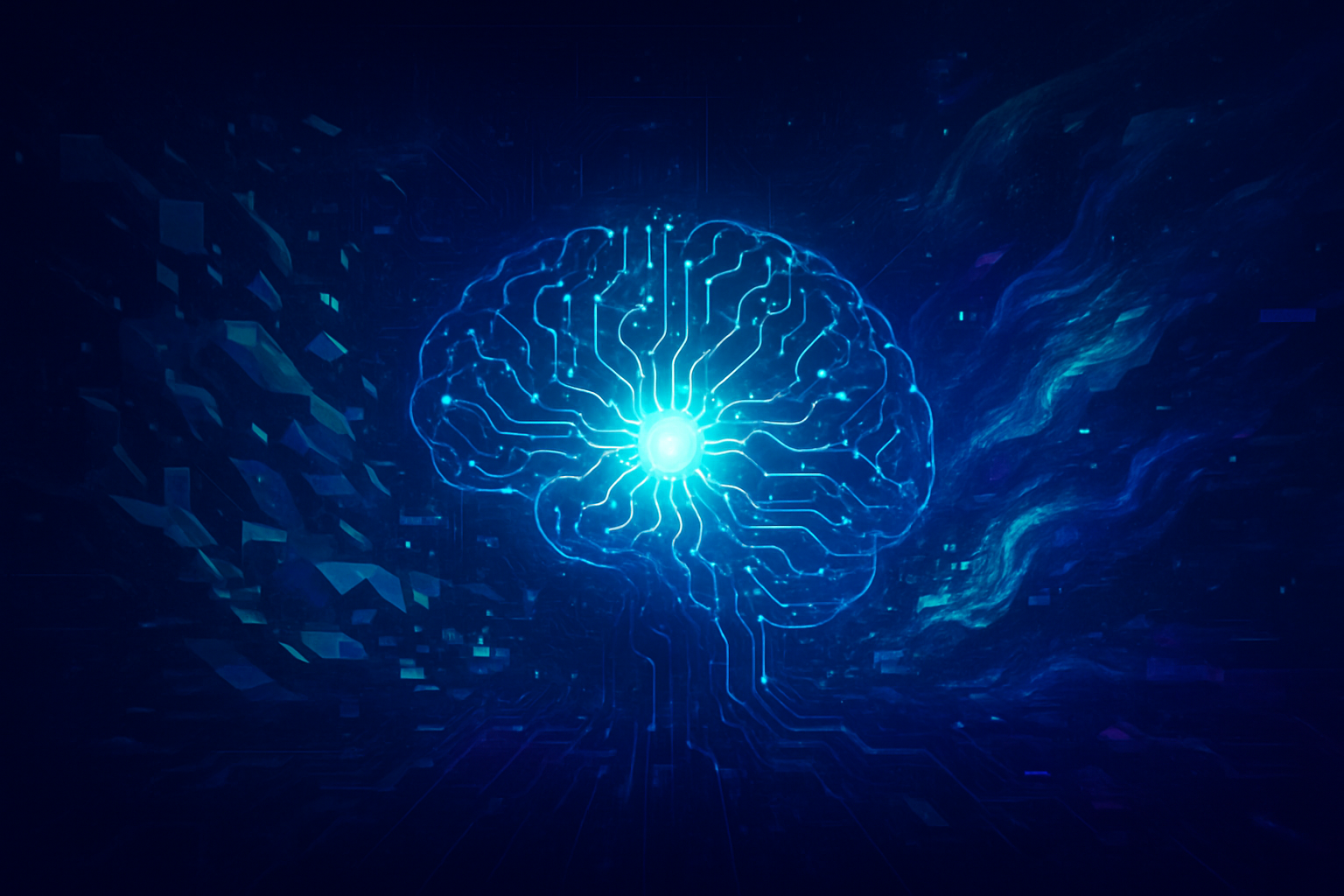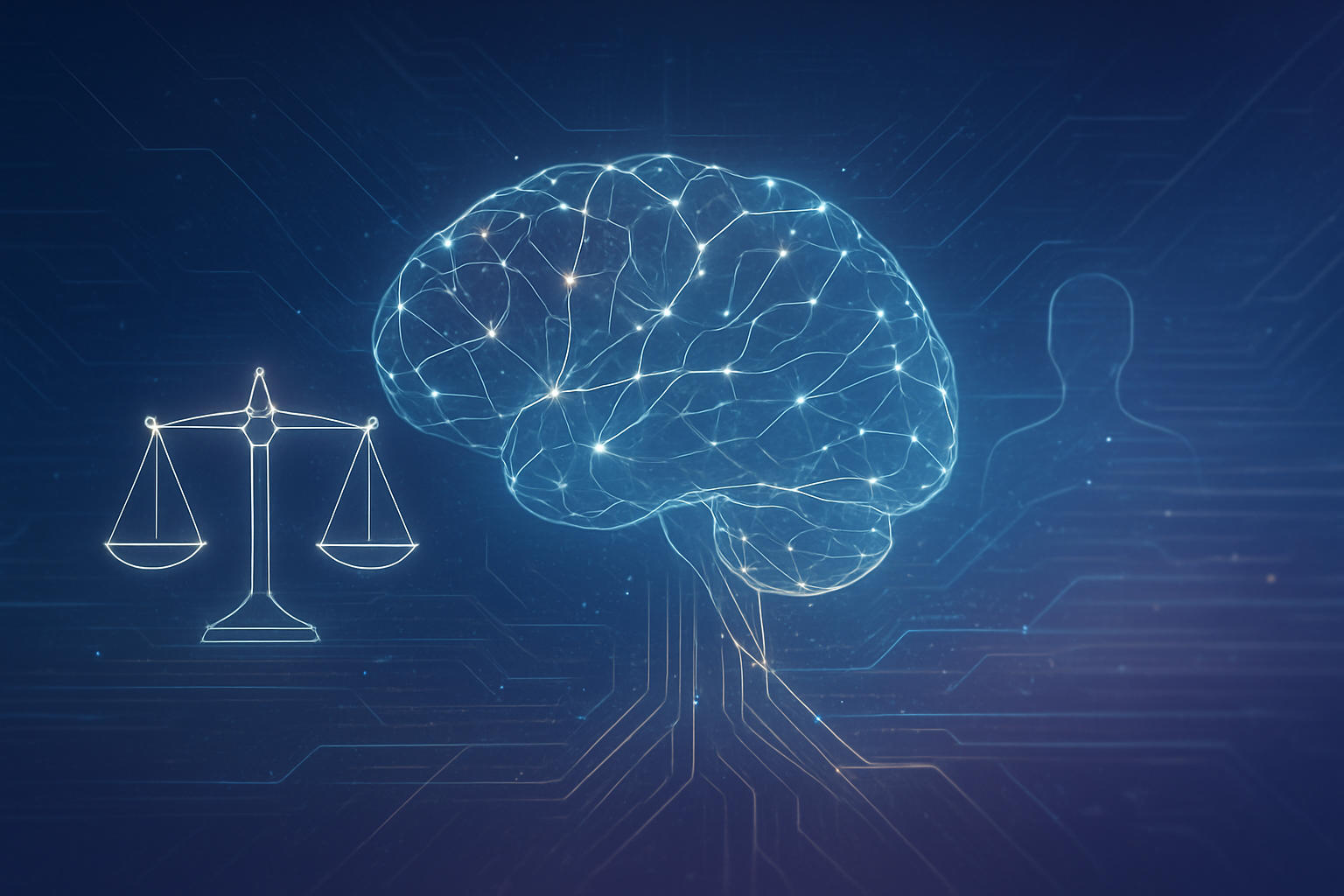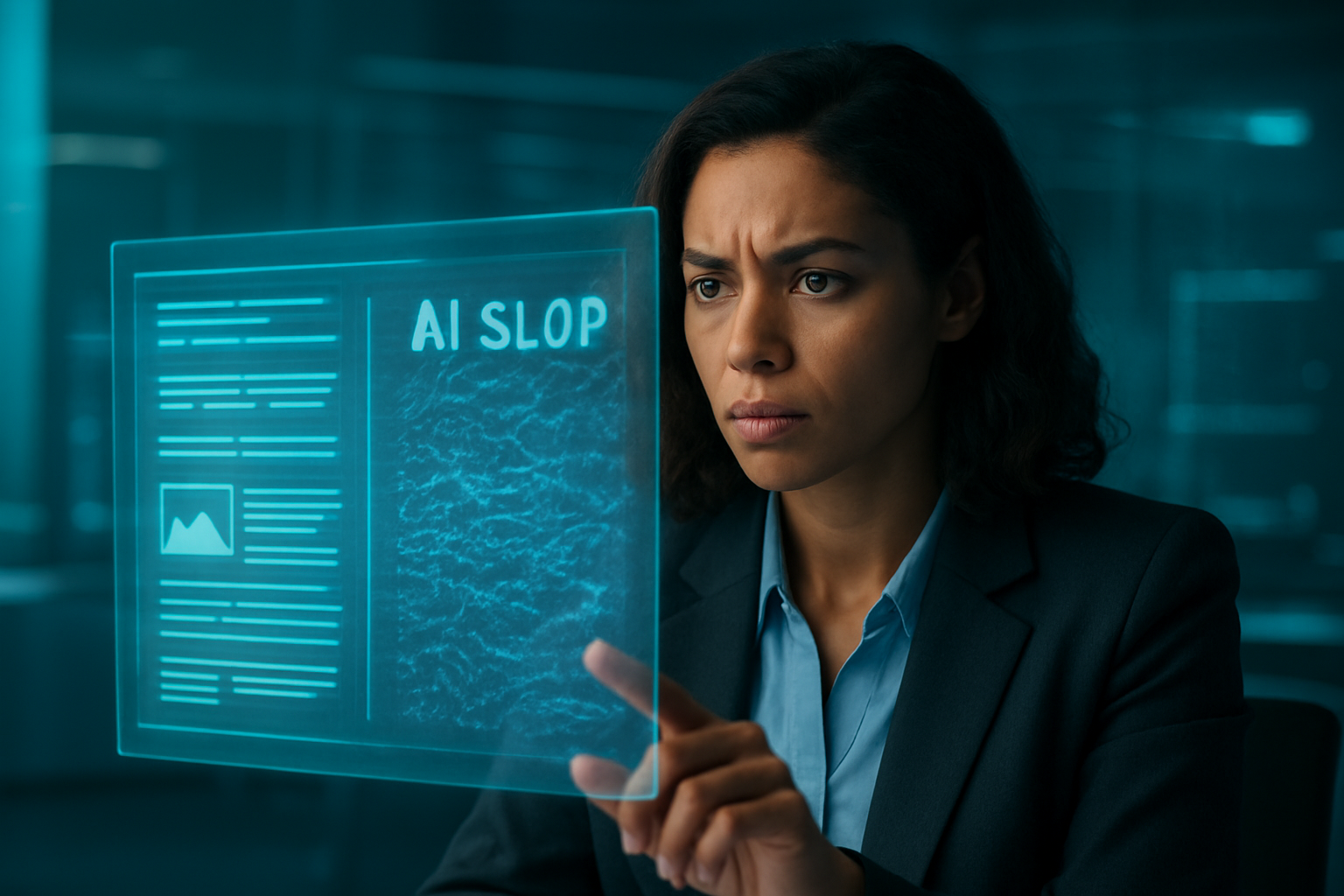The landscape of mobile photography has been irrevocably transformed by the relentless march of Artificial Intelligence, and the recent global launch of the Vivo X300 Pro in October 2025, followed by its India debut on December 2, 2025, stands as a pivotal moment in this evolution. This flagship smartphone, co-engineered with ZEISS, isn't merely equipped with impressive camera hardware; it integrates a sophisticated array of AI-driven features that are democratizing professional-grade imaging and fundamentally reshaping how we capture and perceive the world through our smartphone lenses. Its immediate significance lies in pushing the boundaries of what consumers can achieve with a handheld device, offering unprecedented zoom capabilities, intelligent scene optimization, and advanced video functionalities that were once the exclusive domain of dedicated cameras.
The Vivo X300 Pro's camera system, a testament to the synergy between cutting-edge optics and powerful AI, signals a new benchmark for computational photography. By embedding dedicated imaging chips and leveraging advanced machine learning algorithms, Vivo (SHE: 002969) has positioned the X300 Pro not just as a phone with a great camera, but as an intelligent imaging system. This holistic approach ensures that every aspect of the photographic process, from initial capture to final output, is enhanced by AI, delivering superior image and video quality with remarkable ease.
Detailed Technical Coverage: The AI Engine Behind the Lens
At the heart of the Vivo X300 Pro's photographic prowess lies a meticulously crafted hardware and software ecosystem, designed to maximize AI's potential. The device boasts a triple rear camera unit featuring a groundbreaking 200-megapixel ZEISS APO Telephoto Camera with a Samsung HPB 1/1.4-inch sensor, offering 3.5x optical zoom and an astounding 100x digital zoom, stabilized by CIPA 5.5-rated OIS. Complementing this is a 50-megapixel ZEISS Gimbal-Grade Main Camera utilizing a Sony (NYSE: SONY) LYT-828 (1/1.28-inch) sensor and a 50-megapixel ZEISS Ultra Wide-Angle Camera. What truly sets this system apart is its dual imaging chip architecture: Vivo's proprietary V3+ and VS1 imaging chips work in concert with the MediaTek (TPE: 2454) Dimensity 9500 processor's integrated NPU. This formidable combination allows for simultaneous RAW data processing, advanced noise reduction, and more accurate color reproduction, resulting in faster responses and reduced lag.
The AI algorithms employed are highly specialized. For portraits, the X300 Pro introduces ZEISS Natural Portrait and an AI Portrait Engine, aiming for a rebalanced blend of realism and enhancement. Its Multi-Focal HD Portrait offers a range of classic focal lengths (23mm to 135mm) with zero-lag capture and full-link AI bokeh. Beyond portraits, AI Telephoto Tracking ensures distant action remains sharp even at 20x zoom, while AI One-Shot Multi-Crop allows users to intelligently reframe and craft new shots from a single 200MP image. Intelligent Scene Recognition and Optimization uses real-world metadata (gyroscope, compass, elevation) to ensure physically correct lighting and effects, moving beyond generic scene detection to context-aware processing.
These advancements represent a significant departure from previous mobile camera AI. While earlier generations often applied aggressive post-processing that could lead to an "oil painting" effect, the X300 Pro emphasizes a more natural aesthetic, balancing AI enhancement with realism. The dedicated imaging chips and the powerful Dimensity 9500 chipset provide a performance leap, especially in low-light and for complex HDR scenes, with a reported 200% improvement in AF system performance over its predecessors. Initial reactions from industry experts have been overwhelmingly positive, with PetaPixel noting that the X300 Pro "feels like a camera that also happens to be a smartphone," challenging established players like Apple (NASDAQ: AAPL), Samsung (KRX: 005930), and Google (NASDAQ: GOOGL) in certain imaging aspects due to its superior sensor integration and refined AI.
Competitive Landscape: Who Benefits and Who's Disrupted?
The advanced mobile photography AI exemplified by the Vivo X300 Pro is intensifying the "AI camera war" among tech giants and creating both opportunities and disruptions across the industry. Smartphone manufacturers that effectively integrate cutting-edge AI with superior camera hardware, such as Vivo, Apple, Samsung, Google, Xiaomi (HKEX: 1810), and Honor, stand to benefit immensely. These companies gain a crucial competitive edge by offering users professional-grade photography in a convenient mobile package, driving sales and market share. Chipset manufacturers like MediaTek and Qualcomm (NASDAQ: QCOM), which supply the powerful AI processing capabilities embedded in mobile SoCs, are also key beneficiaries, seeing increased demand for their high-performance silicon.
For major AI labs and tech companies, the competitive implications are profound. The ability to capture "professional-looking, realistic images" is now a key differentiator. This pushes companies to invest heavily in R&D for computational photography, leading to a continuous cycle of innovation in image quality, dynamic range, low-light performance, and sophisticated editing capabilities. Companies like Google, with its Magic Eraser and Night Sight, and Samsung, with its Generative Edit and Space Zoom, are locked in a battle to deliver the most compelling AI-powered features. Vivo's collaboration with ZEISS (ETR: ZSK) highlights a strategic advantage through partnerships, combining optical expertise with AI processing to carve out a unique market position.
The potential for disruption to existing products and services is significant. AI image generators, such as Midjourney and DALL-E, are already impacting the stock photography market, creating photorealistic images in seconds and causing what some experts call a "death spiral." Generic product photography and low-end headshot services are also facing pressure as businesses and individuals can generate custom visuals instantly using AI. Traditional photo editing software providers, while integrating generative AI themselves, face competition from increasingly capable AI-powered mobile apps. Furthermore, the superior AI in smartphones continues to erode the market for entry-level digital cameras, as smartphones now offer comparable or even better image quality and editing features for casual users, democratizing advanced techniques and blurring the lines between amateur and professional photography.
Wider Significance: Reshaping Visual Culture and Ethics
The rise of advanced mobile photography AI, epitomized by the Vivo X300 Pro, represents a significant evolution in the broader AI landscape, embodying and driving several current trends in artificial intelligence, computer vision, and imaging. It showcases the democratization of advanced technology, where sophisticated AI is integrated into widely accessible smartphones, making high-quality photography and complex editing capabilities available to a vast global audience. This fundamentally shifts the focus from mere hardware specifications to the software and algorithms that process images, establishing computational photography as the new standard. Real-time AI processing, enabled by dedicated neural engines, allows for instant scene recognition, automatic adjustments, and on-the-fly enhancements during capture, fostering a new era of instant storytelling and communication.
However, this technological leap carries profound societal and ethical implications. The ability of AI to seamlessly manipulate images, as seen with features like AI Erase and generative fill, makes it increasingly difficult to distinguish genuine photos from fabricated or heavily altered ones. This blurring of reality poses a significant threat to photography's role as a truthful medium, especially in journalism, and raises concerns about the spread of misinformation and the potential for deepfakes. There is a critical need for transparency and disclosure regarding AI usage in photography, with ethical frameworks suggesting the labeling of AI-modified images and the use of provenance tools to verify authenticity.
Privacy and consent are also paramount concerns. AI tools equipped with facial recognition and object identification capabilities raise significant privacy implications, as this technology can be used to create databases or track individuals without their knowledge. Algorithmic bias, inherent in the datasets used to train AI, can perpetuate or amplify stereotypes in AI-generated or enhanced imagery. These issues necessitate robust regulatory frameworks, ethical guidelines, and a conscious effort to ensure responsible AI development. Compared to previous AI milestones, such as early machine learning for autofocus and face detection, or the breakthroughs in neural networks and Generative Adversarial Networks (GANs), the current advancements in mobile photography AI represent the accelerated application of decades of research, bringing sophisticated computational power directly into users' pockets and pushing the boundaries of what a "photograph" truly is.
The Road Ahead: Future Horizons of Mobile Photography AI
Building on innovations like the Vivo X300 Pro, the future of mobile photography AI promises a transformative evolution. In the near term (1-3 years), we can expect further advancements in real-time computational photography, where AI will become even more deeply integrated into the entire image capture and processing workflow, offering real-time composition suggestions and shooting guidance. Devices will actively assist users in framing and optimizing settings before the shutter is pressed. Advanced image quality algorithms will continue to improve, enhancing digital zoom for sharper, more detailed photos, and virtual bokeh effects will indistinguishably mimic optical blur for both stills and video. Sophisticated generative AI features for editing, similar to those in professional desktop software, will become standard, allowing users to remove unwanted elements, alter backgrounds, or even insert new components with simple commands. The synergy between larger camera sensors and powerful AI algorithms will also be crucial for achieving unprecedented image quality in challenging conditions.
Looking further ahead (3+ years), mobile photography AI is poised for even more groundbreaking developments. We could see the emergence of "self-learning" cameras that understand visual data in highly sophisticated ways, leading to unprecedented advancements in image processing and scene understanding. Beyond 2D imaging, improved depth perception and 3D imaging capabilities will become widespread, allowing users to capture and interact with photographs in three dimensions. Hyper-realistic AI generation will continue to advance, blurring the lines between captured reality and AI-created visuals. Experts predict that AI will become an "indispensable partner" in the creative process, automating technical tasks and allowing photographers to focus more on artistic expression rather than replacing human creativity entirely. Some even foresee smartphone camera sensors approaching Micro Four Thirds or APS-C formats within a decade, combined with AI for superior image quality, and optical zoom capabilities advancing to 200mm as a new standard for flagship smartphones.
However, several challenges must be addressed. The immense computational resources required for complex AI algorithms demand significant processing power, which can drain smartphone batteries and limit real-time performance. Continuous innovation in energy-efficient chipsets is crucial. Ethically, the ability of AI to seamlessly manipulate images raises concerns about authenticity and the potential for misinformation, necessitating clear disclosure and labeling of AI-modified content. Algorithmic bias, privacy concerns related to facial recognition, and the complex questions of creative ownership for AI-assisted imagery also require robust regulatory frameworks and ethical guidelines to ensure responsible and beneficial advancement.
Conclusion: A New Era for Visual Storytelling
The AI camera innovations, profoundly inspired by the capabilities of devices like the Vivo X300 Pro, signify a pivotal moment in both AI history and the broader tech landscape. The key takeaway is that AI is democratizing high-quality photography, making advanced techniques accessible to everyone, regardless of their technical expertise. Computational photography, powered by sophisticated AI algorithms, is overcoming the inherent hardware limitations of small smartphone sensors and lenses, firmly establishing that software is now as, if not more, influential than physical hardware in determining image quality. This shift automates complex tasks, expands creative possibilities through real-time adjustments and generative editing, and is fundamentally reshaping visual culture.
This development underscores the practical application of complex machine learning models, particularly Convolutional Neural Networks, directly on consumer devices, and highlights the co-evolution of specialized hardware (NPUs) with advanced software. Its long-term impact is transformative, empowering users with unprecedented creative freedom while simultaneously raising critical questions about authenticity, privacy, and the very nature of photography in a digitally altered world. As AI integrates deeper into immersive experiences like AR and VR, photos may evolve into interactive 3D models, further blurring the lines between reality and digital creation.
In the coming weeks and months, we should watch for even more sophisticated generative AI features, offering improved realism and contextual coherence in image manipulation and expansion. Continued advancements in custom NPUs and ISPs will enable more efficient and powerful on-device AI processing, leading to even more complex real-time enhancements. The convergence of advanced sensor technology with AI will push image quality to new heights, especially in challenging conditions. Crucially, attention will turn to how manufacturers address ethical considerations, combat algorithmic bias, and provide users with greater control and transparency over AI-powered modifications, ensuring that the incredible power of mobile photography AI serves to enhance, rather than compromise, the integrity of visual storytelling.
This content is intended for informational purposes only and represents analysis of current AI developments.
TokenRing AI delivers enterprise-grade solutions for multi-agent AI workflow orchestration, AI-powered development tools, and seamless remote collaboration platforms.
For more information, visit https://www.tokenring.ai/.








